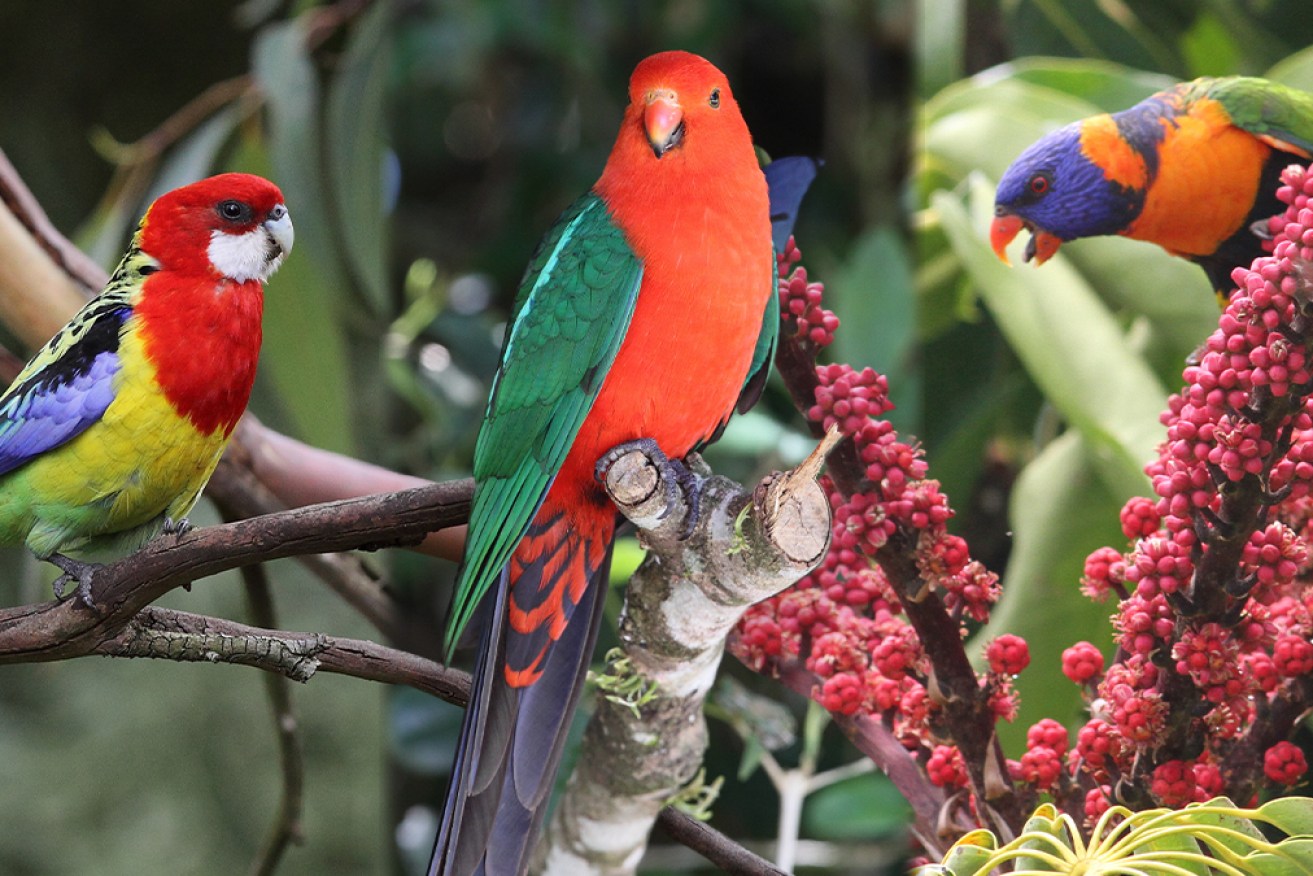Penguins in the Murray? That’s cuckoo, but BirdLife’s population survey is anything but


Bird lovers rejoice - the Aussie Bird Count takes flight next Monday. Credit: BirdLife Australia, TND
Australians don’t have to be eagle-eyed to spot all sorts of interesting bird life.
But penguins frolicking in the Murray River? Sounds cuckoo.
When researchers at the conservation group BirdLife conducted a survey with help from the public and received a submission that someone had encountered 20,000 penguins in Australia’s longest river they knew a joker was having a laugh at their expense.
BirdLife’s annual survey – the Aussie Bird Count – is a census of sorts that gives bird lovers a chance to help protect native bird life.
From October 17 to 22, amateur ornithologists are asked to record the species they encounter in the Aussie Bird Count App with data then used to form a snapshot of how bird species are faring around the nation.
Top perch or bottom of the pecking order?
According to Birdlife, the same bird takes the number one spot every year, the rainbow lorikeet.
It’s a native nectar-feeding parrot that’s done well over the last few decades in our cities, mainly because we’ve planted so many native flowering gums and other indigenous plants that they feed on.
The species is at home in every capital city except Darwin, where it has been muscled out by a similar bird called the red-collared lorikeet.

Nature went mad with the paint box for the rainbow lorikeet. Photo: Getty
Second in the pecking order is the noisy miner, not to be confused with the dreaded common or Indian miner.
The noisy miner is a native honey eater. You can tell them apart from the common miner by their grey body colour.
The third bird is the terror of the skies: the Australian magpie.
Rosellas mystery
This year researchers are asking the public for help to solve the mystery of why some native parrot populations are disappearing in particular areas.
According to experts, while larger aggressive parrots like rainbow lorikeets and sulphur-crested cockatoos are thriving, numbers of smaller to medium-sized parrots, such as the eastern rosella, are on the decline.
“We’re lucky to have such an amazing array of colourful parrots that are still reasonably common and easy to see,” said Mr Dooley.
“But we’re concerned about species like the eastern rosella … these beautiful birds have previously done fairly well around the edges of cities and towns, but numbers have been dropping since 2014.
“We’re concerned that if this trend continues, they might be disappearing in certain areas.”
Experts are stumped as to why numbers are on the decrease but hope the results of the Bird Count will provide some clues.

The eastern rosella’s numbers have been declining. Photo: BirdLife Australia
Get out there
Mr Dooley says that October is the optimal time for bird watching, with migratory species flocking to our shores.
“The bush birds that come down from places like New Guinea, and North Queensland have come down by now usually, but also the migratory shorebirds from the Arctic, Siberia, Alaska have arrived as well,” he said.
“It’s the middle of spring and nesting season, so birds are far more active and singing much more – they’re easier to find.”
Although many of us may be cursing the wet weather, Mr Dooley says the ongoing La Niña event is a boon for birdwatchers.
He explains that although there may be fewer birds along the coastal regions, many have moved inland, taking advantage of flooded areas to breed.
“We’re hoping we might see an uptick in numbers of local bush birds, because they’ve had a couple of good breeding seasons,” he said.
Tweet from @BirdlifeOz
The Bird Count saw a surge of interest over the pandemic when locked down Australians made the most of their daily exercise allowance by getting in tune with nature.
They hope that by adding a gamification element to the Bird Count – think of it as Pokemon Go but with birds – they can encourage people, young and old, to get out in nature and participate.
“Birdsong has a calming effect on people. It’s a mindful meditative exercise about being in the moment and connecting with what’s around you,” said Mr Dooley.
“Many people turn to birds to brighten their day and bring them a bit of peace.
“Being out in nature among birds has positive effects on your brain chemistry and sense of wellbeing.”








